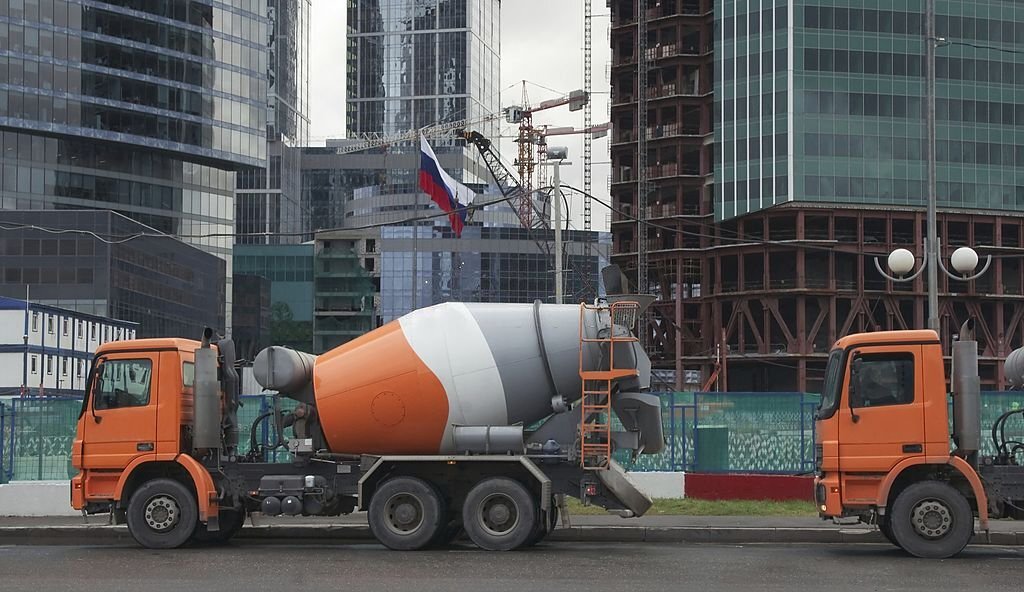
Introduction
The construction industry relies on concrete as the foundation of its projects, making efficient concrete mixing a pivotal aspect of any construction endeavor. Self-loading concrete mixers have emerged as game-changers in the world of heavy equipment, offering unparalleled efficiency and versatility. These innovative machines have revolutionized concrete mixing on construction sites by providing a comprehensive solution to the challenges faced by traditional mixers. From on-site batching capabilities to reduced labor and enhanced productivity, this article delves into the numerous advantages of using self-loading concrete mixers in heavy equipment, highlighting how they have transformed the construction industry.
I. Understanding Self-Loading Concrete Mixers
- Definition: Self-loading concrete mixers are a type of mobile batching plant equipped with a self-loading mechanism that enables the loading of raw materials and the production of concrete on-site.
- Design and Structure: Self-loading mixers feature a cab with operator controls, a mixing drum, a bucket for raw material loading, and advanced technology for automation.
II. Advantages of Self-Loading Concrete Mixers
- On-Site Batching: Self-loading mixers offer on-site batching capabilities, eliminating the need for transporting pre-mixed concrete and reducing material waste.
- Reduced Labor Requirements: Self-loading mixers require fewer personnel on-site, streamlining the concrete mixing process and lowering labor costs.
- Time Efficiency: Self-loading mixers significantly reduce the time required for concrete production, enabling faster project completion.
- Versatility in Concrete Mixes: These mixers can handle various concrete mixes, including standard, specialty, and colored concrete.
III. Enhanced Productivity
- Continuous Operation: Self-loading mixers allow for continuous operation, minimizing downtime and maximizing productivity.
- High Mixing Efficiency: The self-loading mechanism ensures efficient mixing, producing consistent and homogenous concrete.
IV. Cost-Effectiveness
- Reduced Transportation Costs: On-site batching reduces the need for transporting pre-mixed concrete, saving transportation expenses.
- Less Material Waste: The ability to batch concrete on-site reduces material waste, contributing to cost-effectiveness.
V. Mobility and Flexibility
- Ease of Transportation: Self-loading mixers are designed for easy transportation between construction sites, enhancing mobility.
- Access to Remote Areas: The mobility of self-loading mixers allows for access to remote construction sites with limited access to fixed batching plants.
VI. Operator-Friendly Features
- User-Friendly Controls: Self-loading mixers are equipped with user-friendly controls, making them easy to operate.
- Automation and Digital Technology: Advanced self-loading mixers feature automation and digital controls, ensuring precise and consistent batching.
VII. Reduced Environmental Impact
- Lower Carbon Footprint: On-site batching reduces the carbon footprint associated with transporting pre-mixed concrete.
- Less Material Waste: The reduction in material waste contributes to a more sustainable construction process.
VIII. Applications of Self-Loading Concrete Mixers
- Residential Construction: Self-loading mixers are valuable in building residential structures, including houses, apartments, and townhouses.
- Commercial Infrastructure: These mixers contribute to constructing commercial buildings, shopping malls, offices, and hotels.
- Roads and Highways: Self-loading mixers are essential in building roads, highways, and other transportation infrastructure.
- Bridges and Tunnels: These mixers are vital in the construction of bridges, tunnels, and other large-scale infrastructure projects.
IX. Safety Considerations
- Operator Training: Proper training for operating self-loading mixers is essential to ensure safe and efficient concrete production.
- Maintenance and Inspection: Regular maintenance and inspections of self-loading mixers ensure their optimal performance and safety.
X. Future Innovations in Self-Loading Concrete Mixers
- Integration of Sustainable Technologies: Self-loading mixers may incorporate sustainable technologies to further reduce environmental impact.
- Advancements in Automation: The future may see even more advanced automation and digital technology in self-loading mixers.
Conclusion
Self-loading concrete mixers have transformed the construction industry, offering efficiency, versatility, and cost-effectiveness in concrete mixing. Their on-site batching capabilities, reduced labor requirements, and enhanced productivity have significantly streamlined construction processes, contributing to faster project completion and reduced material waste. The mobility and flexibility of self-loading mixers enable access to remote construction sites and diverse applications across residential, commercial, and infrastructure projects. As technology continues to advance, the future holds even greater possibilities for self-loading concrete mixers, solidifying their position as indispensable tools in the construction industry.



